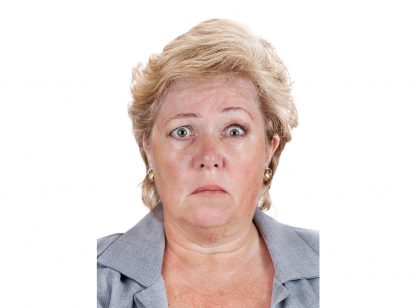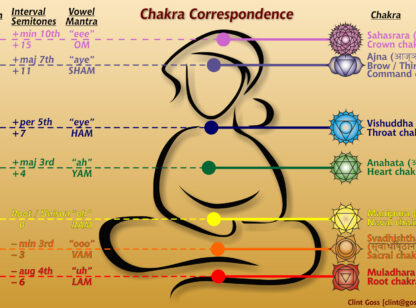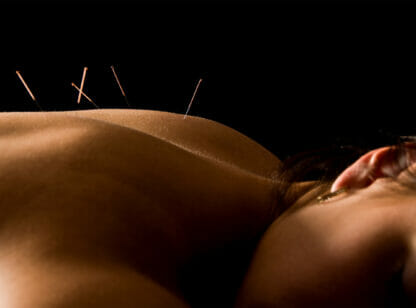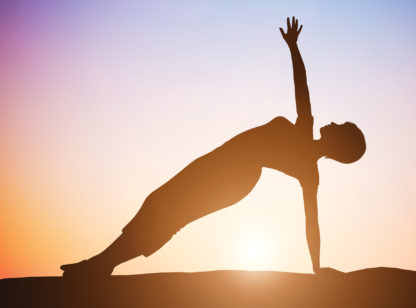Bodhidharma, a Buddhist monk, is traditionally credited with introducing yoga to China in the 5th/6th century.
He noted that the Shaolin monks were in poor physical health from sitting and meditating all day and needed to incorporate movement in their meditations for physical, as well as mental, well-being. Coming from the Indian subcontinent, he was familiar with yoga and cultivated it into a new form, which was called qigong.
Yoga in Sanskrit literally means to join or yoke together. It is a physical, mental and spiritual practice built on exercise, meditation and breath control. The object is to bring the state of the mind into a union, or yoking, with the divine in order to attain a state of moksha (liberation), or permanent peace. Today, yoga has many meanings and disciplines, from the meditative and spiritual, to yoga as a purely physical system of health exercises.
Qigong is a combination of two Chinese words. Qi, pronounced “chee,” is the life force or vital-energy that flows through all things in the universe; and Gong, pronounced “gung,” means work or accomplishment, a skill that is cultivated through steady practice. Together, Qigong means ‘cultivating energy.’ Like yoga, it is a system practiced for health maintenance, healing and increasing vitality.
Qigong practices can be classified as martial, medical, or spiritual. Like yoga, they have three things in common: they all involve a posture, (whether moving or stationary), breathing techniques, and mental focus. Some practices increase the Qi; others circulate it, and others cleanse and heal the body, store it, or emit Qi to help heal others.
In ancient days, monks had to protect themselves while traveling, and so developed the martial arts known as Kung Fu. Over time the integration of Qigong and Kung Fu gave birth to Tai Chi Chuan.
Qigong practices vary from the soft internal styles such as Tai Chi to the external, vigorous styles such as Kung Fu. However, the slow gentle movements of most Qigong forms can be easily adapted, even for the physically challenged, and can be practiced by all age groups.
Qigong is considered a highly effective practice and an important form of alternative complementary medicine. It is widely used in China and around the world by practitioners of Traditional Chinese Medicine (TCM). The gentle, rhythmic movements of Qigong reduce stress, build stamina, increase vitality, and enhance the immune system. It has also been found to improve cardiovascular, respiratory, circulatory, lymphatic and digestive functions.
Although Qigong, Tai Chi and yoga are similar in their shared goals of health and longevity, as well as their emphasis on stretching and breathing, in Tai Chi you relax to stretch and in yoga you stretch to relax. Tai Chi emphasizes stretching through sophisticated, dynamic, fluid and harmonic movements, whereas in yoga, one often holds static poses and stretches that lock joints and arch the back.
Most of us do not sit all day in meditation, but we do face similar challenges as we often sit for long periods of time at our desks in front of our computers. Incorporating yoga or tai chi can help your own health and well-being as much as it did for the monks in the temple.
Diane Sheppard is a licensed acupuncturist with a Ph.D. in Oriental Medicine. She is a practitioner at Eisenhower Wellness Institute and owner of AcQPoint Wellness Center in La Quinta. 760-775-7900 www.AcQPoint.com












































Comments (0)